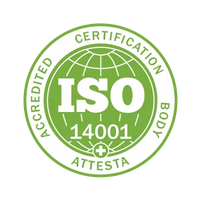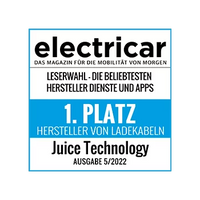At the beginning of 2025, electric mobility in German-speaking countries is entering a decisive phase. The opportunity for a new upswing exists. This three-part article offers a concise review of the significant developments of 2024, uses international examples – especially Norway – to illuminate the structural challenges in the DACH region, and concludes by outlining specific areas of action and policy measures. The goal is to demonstrate how Germany can strengthen its position as a location and assume a pioneering role in the mobility transition through targeted innovations and strategic decisions.
Review and starting point: The transformation of electromobility
Price pressure from Chinese electric car imports, dependence on Asian suppliers, and new emissions limits are putting increasing pressure on European manufacturers. But are punitive tariffs the right way to protect the domestic industry?
Review of developments in 2024
The year 2024 was marked by a significant decline in electric mobility. Above all, aggressive pricing policies by Chinese automakers put increasing pressure on European manufacturers. In response, the EU imposed punitive tariffs on electric cars from China to protect the European automotive industry. Germany opposed this. German companies, after all, produce part of their model range in cooperation with Chinese partners – including for export to Europe – and, due to a lack of alternatives, continue to rely on batteries from China as a key component. This dependence is explosive, as it enables Chinese suppliers to strategically raise prices in countermeasures – a measure that could further exacerbate the already tense situation.
The stricter emissions limits that have been in effect since the beginning of 2025 are placing an additional burden on the industry. While numerous manufacturers are trying to secure their market share through economies of scale and technological advances, the growing diversity of offerings is simultaneously leading to a noticeable reduction in the asking prices for electric vehicles – regardless of their origin. The hope is that this price reduction will stimulate demand for domestically produced electric cars and restore Europe's stronger position in electromobility.
Nevertheless, challenges remain: The expansion of charging infrastructure is not progressing fast enough, and the integration of renewable energies into the power grid is proceeding slower than expected. Far more serious was the political cacophony surrounding technological openness: The political struggle for a clear position on the phase-out of combustion engines and the back and forth on subsidy programs have unsettled both industry and consumers. It is clear that stable framework conditions and a clear political direction are crucial to regaining trust.
At the same time, a shift is emerging in global markets. Since the end of the pandemic, Chinese buyers have increasingly preferred domestic brands, which has led to a painful decline in sales at the Volkswagen Group. The crisis at the German industry giant manifested itself in announcements of layoffs and plant closures. Chinese manufacturers, in turn, are speculating on the possibility of using vacant VW plants to circumvent EU import tariffs. The US market is also facing setbacks, as Donald Trump has imposed a 25 percent levy on imports of European vehicles – a further obstacle in an already turbulent market environment.
The German automotive industry has largely missed the boat on the transformation toward electromobility, software-defined vehicles, and autonomous driving. Competitors from the US and China are operating more dynamically and efficiently. While Chinese manufacturers are scoring points through lower production costs and strategic alliances, US companies are succeeding in expanding their lead, particularly through innovations in the field of autonomous vehicles. Although model ranges have been electrified, Chinese vehicles are often significantly cheaper and just as technologically advanced, and in some cases even more innovative. Attractive and competitive models are urgently needed to remain competitive. Part 2 highlights the situation in the DACH region and the problem areas that German industry and policymakers urgently need to address.
Image: Volkswagen plant Wolfsburg, www.volkswagen-newsroom.com, accessed on 04.04.2025













